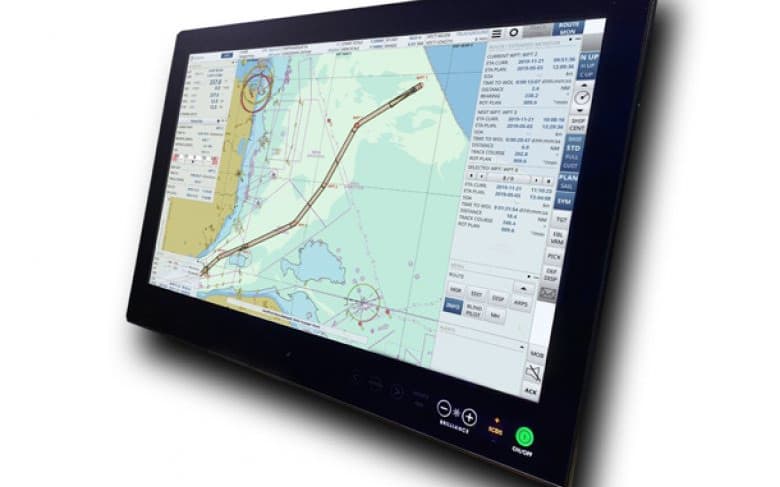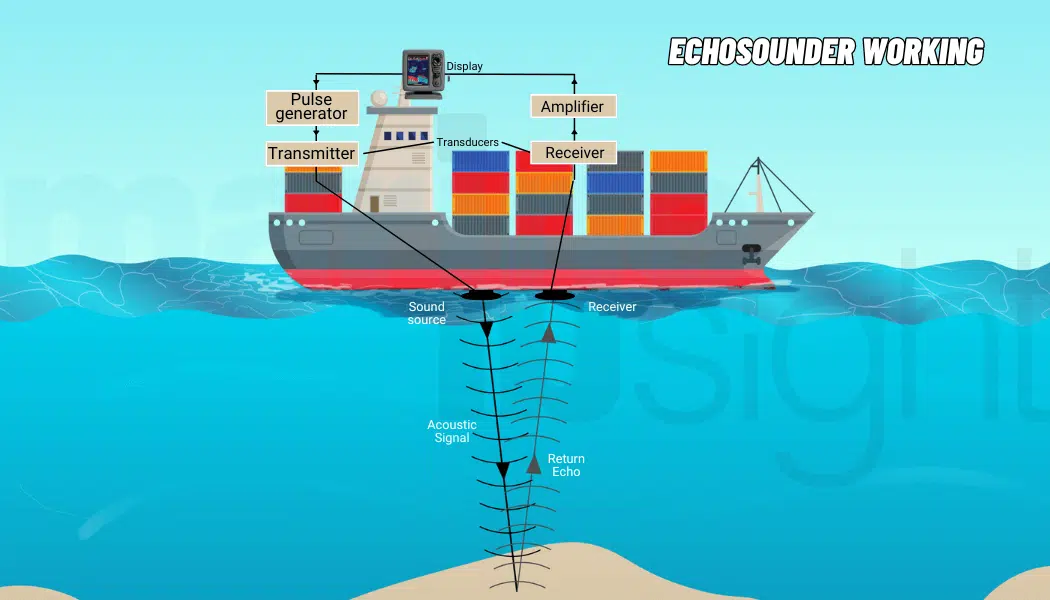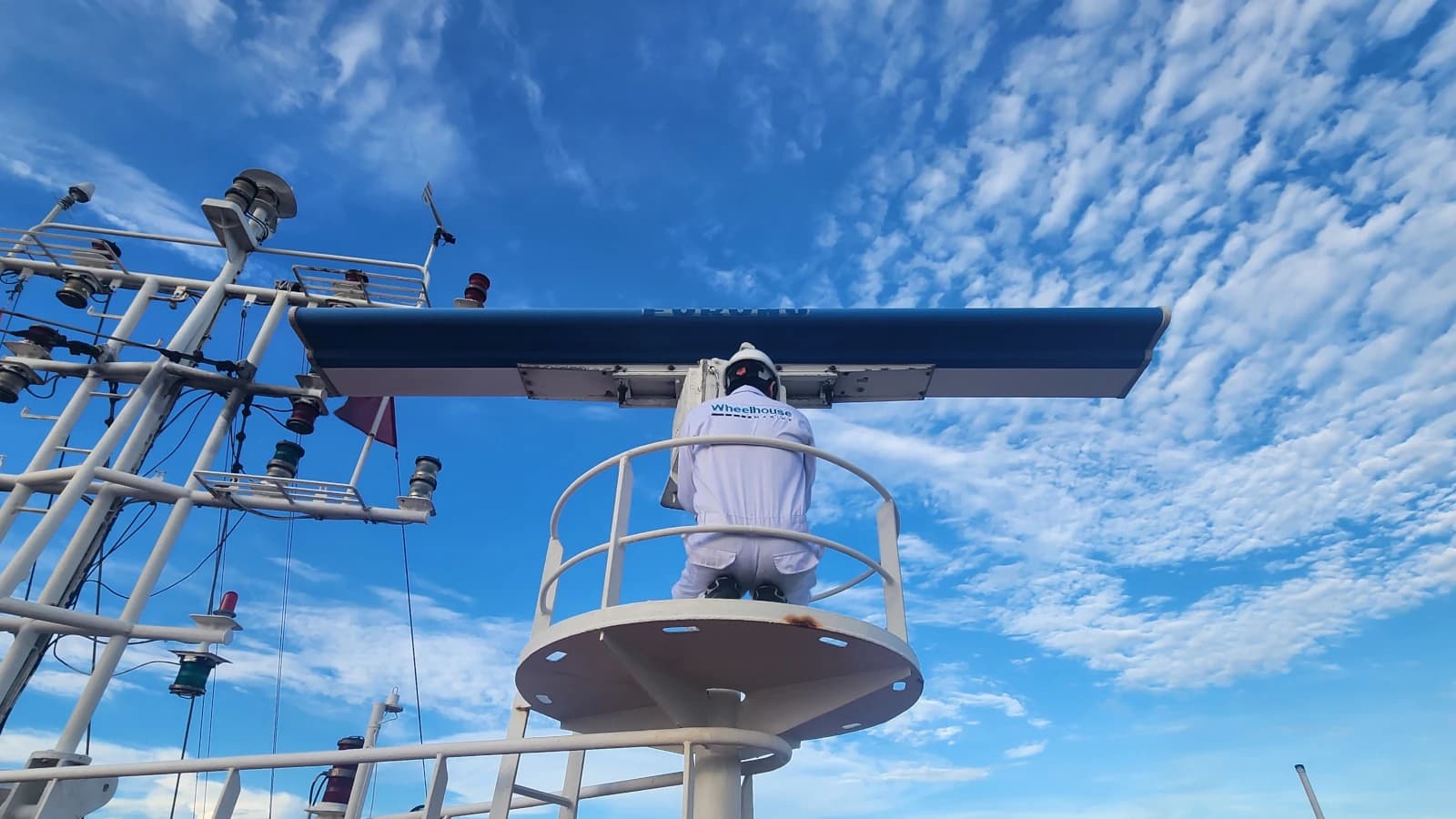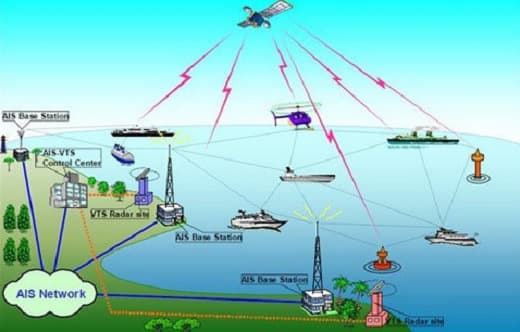ECDIS: Technical Analysis of Vector Charts, Redundancy, and System Integration

ECDIS is the hub of the digital bridge, transforming paper charts into a proactive interactive environment and integrating sensor data.
1. Introduction: ECDIS - The Heart of the Digital Bridge
The Electronic Chart Display and Information System (ECDIS) is the electronic chart display and information system, mandated by the IMO to replace traditional paper charts. ECDIS is not just a digital map; it is an Integrated Navigation System (INS), where GNSS position data, RADAR/AIS target tracking, and hydrographic information are fused to create proactive situational awareness. The core goal of ECDIS is to enhance maritime safety through the automation of risk alerts. This article delves into the data structure of vector charts (ENC), the legal requirements for redundancy (Backup), and the mechanism by which ECDIS manages safety alerts.
2. Vector Charts (ENC) and S-57/S-100 Data Structure
The performance of ECDIS depends on the quality and structure of the electronic charts.
2.1. Distinguishing Vector Charts (ENC) and Raster Charts (RNC)
- Vector Charts (ENC - Electronic Navigational Chart):
- Data Structure: Uses S-57 (current standard) and S-100 (new generation, multi-functional standard). Data is organized as discrete objects (e.g., a buoy is an object, not a collection of pixels).
- Advantages: Allows for detailed Information Query, Display Customization capability, and most importantly, Proactive Alerting Capability (ECDIS automatically recognizes the relationship between the ship's position and dangerous objects).
- Raster Charts (RNC - Raster Navigational Chart): Are scanned images (bitmaps) of paper charts. They lack proactive interaction or display customization capabilities. RNCs are only accepted as a backup system.
2.2. Proactive Alerting Capability
This is the core safety feature of ENC:
- Safety Contour: The navigating officer sets a safe depth. ECDIS will draw this contour in a bold color, and when the ship crosses this line, an Alarm will be triggered.
- Route Check: ECDIS automatically checks the programmed route against prohibited areas, shallow water, and other dangerous objects, issuing alerts before the vessel starts its voyage.
3. Legal Requirements and Redundancy
To be considered the primary system replacing paper charts, ECDIS must strictly comply with IMO Performance Standards (Resolution A.817(19)) and redundancy requirements.
3.1. Redundancy (Backup Arrangement)
IMO regulations require the vessel to have an independent backup system in case the primary ECDIS fails. Backup options include:
- Second ECDIS: A second, entirely independent ECDIS system. This is the most effective redundancy solution.
- Full Set of Paper Charts: A complete, up-to-date set of paper charts must be available for the intended voyage.
3.2. Chart Update and Maintenance
ECDIS must be updated with vector charts regularly (via digital update services) according to the IHO S-63 standard. Any delay in updating the latest nautical notices can lead to a Navigational Error and penalties from Port State Control (PSC).
4. Sensor Integration and Data Management
ECDIS is the convergence point for all onboard sensor data (Sensor Fusion).
4.1. Input Data Integration
- Position (GNSS): ECDIS monitors the consistency between GNSS receivers.
- Target Tracking (RADAR/AIS Overlay): Target data from aligned RADAR and AIS is overlaid on the chart. Inconsistencies between the target position tracked on ECDIS and the RADAR display must be investigated immediately.
- Gyro Compass/Speed Log: Heading and speed data are essential for displaying the velocity vector and predicting the track.
4.2. Alarm Management
ECDIS can generate hundreds of different alerts. The technical challenge is designing an effective Alert Management system compliant with IMO Resolution MSC.302(87), to prevent "Alarm Fatigue", where officers tend to ignore alerts due to their excessive number.
5. Partnering with Wheelhouse: INS System Support
Wheelhouse provides strictly compliant ECDIS systems from leading manufacturers like Furuno and JRC. We support you with:
- S-63/S-100 Compliance: Ensuring the ECDIS system is updated and manages chart licenses effectively.
- Safety Configuration: Setting up Safety Contours and Depth Alarms appropriate for the vessel's size and draught.
We are committed to providing ECDIS solutions that not only comply with regulations but also optimize decision-making capabilities and maritime safety.
To learn more about ECDIS systems, redundancy requirements, and sensor integration solutions, please visit our Solutions page.


